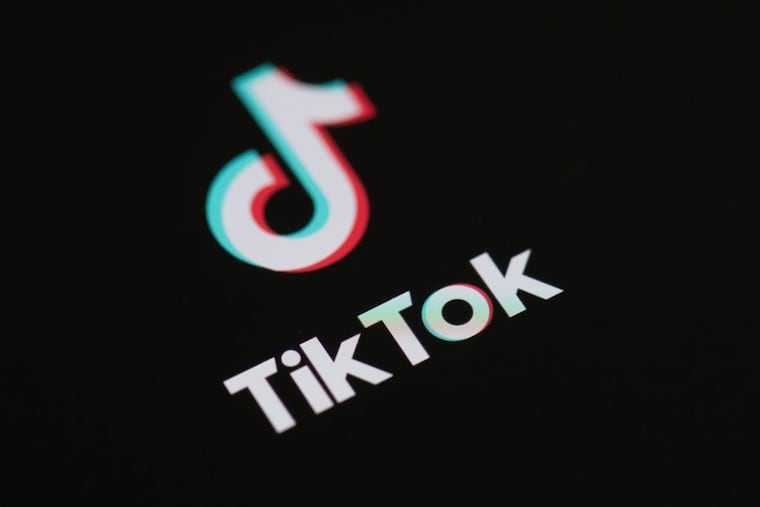Malvern middle schoolers created more than 20 TikTok accounts that impersonated teachers and posted inappropriate content
Great Valley Middle School students set them up to impersonate, and demean, staff members.

Great Valley Middle School students set them up to impersonate, and demean, staff members.
